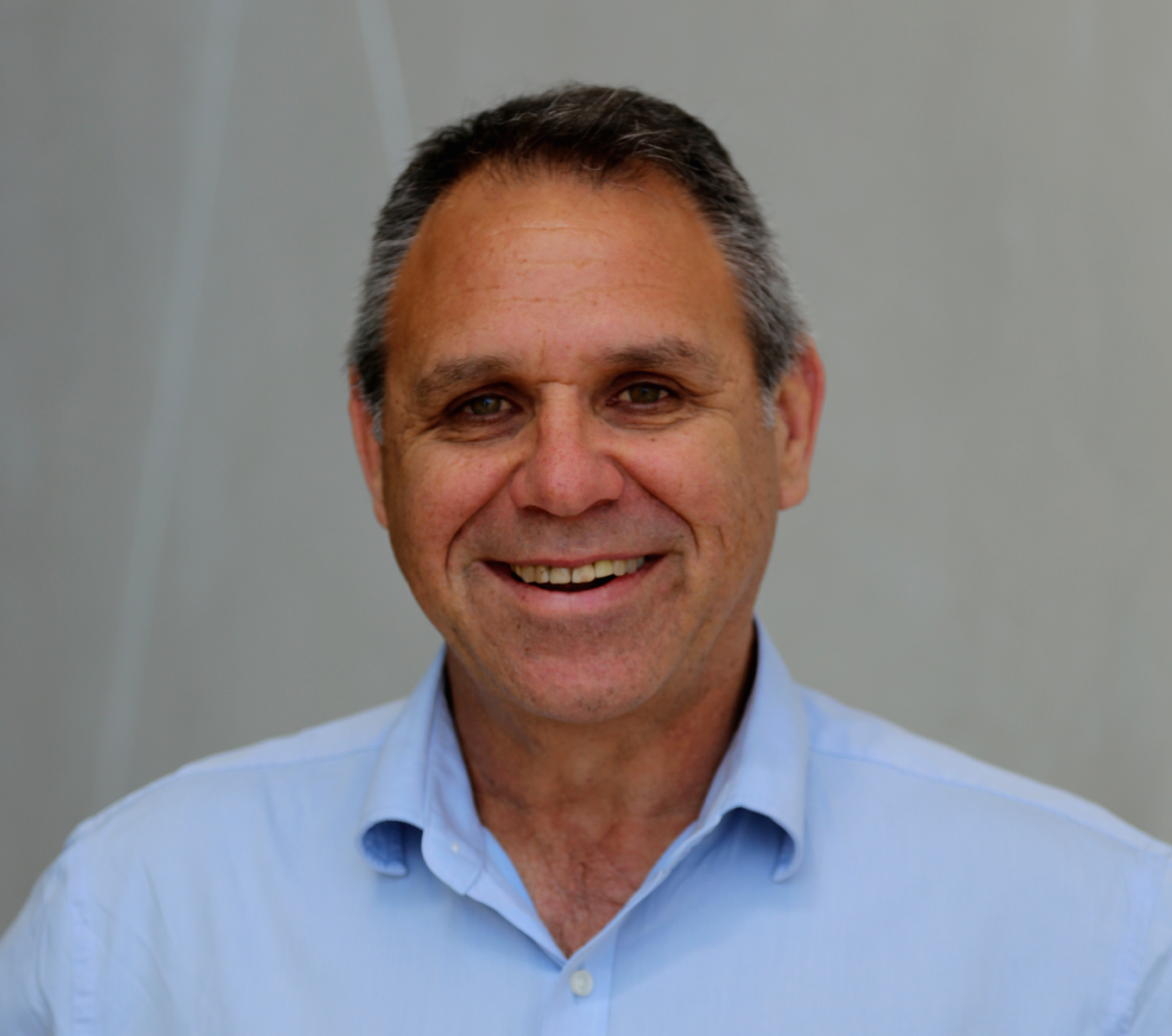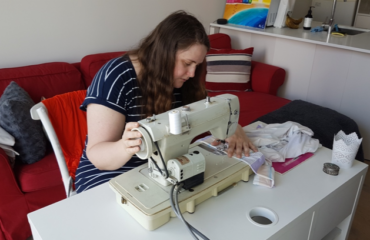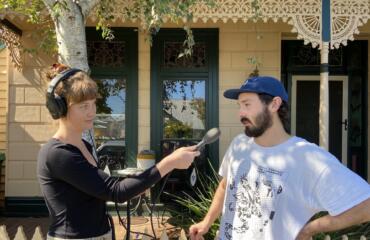Australian health authorities preparing for the threat of a widening COVID-19 outbreak have taken the unprecedented step of producing specific guidelines to protect highly vulnerable Aboriginal and Torres Strait Islander communities.
The initiative is underwritten by memories of the devastating toll on Indigenous communities from the 2009 swine flu pandemic. An Aboriginal person from a Central Desert community was the first national casualty of that outbreak, with the Indigenous population ultimately suffering death rates six times higher from that crisis than the general population.

“Aboriginal people are much more engaged in this planning process, so we’re in a much better position than we were then”: University of Queensland Indigenous health expert James Ward.
“We definitely didn’t get it right in 2009, and there have been plenty of papers written about that,” said University of Queensland Indigenous health expert James Ward, a member of the working committee that drafted the new guidelines, released on Wednesday.
“But Aboriginal people are much more engaged in this planning process, so we’re in a much better position than we were then.”
Aboriginal health researcher Kristy Crooks said the exclusion of Indigenous people from decision-making was a crucial failure in the government response to the 2009 pandemic.
“The flu pandemic showed that the one-size-fits-all approach to public health emergencies are unlikely to work for our communities, so tailoring approaches to meet the needs of families is important,” said Crooks, a PhD candidate with the Menzies School of Health Research at Charles Darwin University.
It is the first time federal authorities have tailored an epidemic response plan to a specific community.
So far, there have been no confirmed cases of the coronavirus in any Indigenous communities, however health authorities confirmed the first case of the virus in Darwin on Wednesday, raising the prospect that it may spread to remote communities in the Northern Territory.
Ward said that Indigenous Australians faced a number of risk factors for respiratory illnesses like COVID-19.
One quarter of the Indigenous population lives in remote areas, which makes access to health services difficult. While many communities had some health services, he said, they are already at capacity and therefore ill-equipped to handle the surge in demand an outbreak of COVID-19 would bring.
The Indigenous population is also highly mobile, with people frequently travelling between communities, often over long distances. Many also live at close quarters in overcrowded housing, meaning disease can spread rapidly and widely.
Then there is the reality, underlined in the latest Closing the Gap Report to Federal Parliament, that Indigenous Australians are already sicker than the rest of the population, and have far more comorbidities, which can make respiratory illnesses much more severe. This was often compounded by a reticence within the Indigenous community to seek medical care, Ward said.
“I think it’s quite clear that Aboriginal people have had very negative experiences with health care services,” he said. “So our population might ignore or not recognise symptoms, or think ‘why would it be coronavirus?’.

The 10th annual National Close The Gap Day is scheduled for March 19. More information: antar.org.au.
“So they might present late to a hospital or clinic, and that may be too late to prevent major outbreaks in communities.”
The newly published guidelines include six “key response strategies” for assisting Aboriginal and Torres Strait Islander communities in the event of an outbreak. Several focus on appropriate communication and engagement with community leaders, to ensure Indigenous people are at the heart of the decision-making process.
Kristy Crooks said the direction for people to isolate themselves from the rest of their community during the flu pandemic was unrealistic due to cultural and family obligations outweighing national health policies.
“Celebrations are seen as important as sorry business, so people might have still attended large events and gatherings while sick with respiratory problems.”
Crookes will be considering how pandemic planning for COVID-19 can be tailored to communities through First Nations panels.
The research, supported by the Australian Partnership for Preparedness Research on Infectious Disease Emergencies, will empower Indigenous people to determine what the best strategies are to reduce the risk of Covid-19 spreading in their communities, Crooks said.
The working committee responsible for the Indigenous response will remain in constant communication with both the chief medical officer Brendan Murphy, as well as hundreds of health organisations and Indigenous community leaders around the country.
“We will be monitoring very closely to ensure that appropriate messaging and communication goes out to Aboriginal communities,” said Ward. In the Northern Territory, this will include delivering messages to remote communities in the local language.
But Ward said it was equally important to involve non-Indigenous organisations in the preparations.
“We need to make sure there is an adequate response from other organisations too, because this will ensure flexibility in delivering the necessary health care services.”
The new guidelines also include provisions for quarantine and isolation in Indigenous communities, emphasising that families need to be involved in the decision-making around quarantine.
“This can be achieved through exploring with families what quarantine looks like, working through how it might impact on the family and their way of living, and identifying ways around it.”
Ward said at this stage Indigenous health services, including those in remote communities, were not being sent any extra medical supplies or personnel.
“There’s a whole lot of activity going on, obviously, but at the moment there is no coronavirus in a remote community and we don’t expect it’s an immediate threat.”

The new coronavirus, now known as COVID-19, was first encountered in Wuhan, China, in December 2019, and has gone on to affect over 93,000 people in over 80 countries around the globe, causing over 3,000 deaths.




